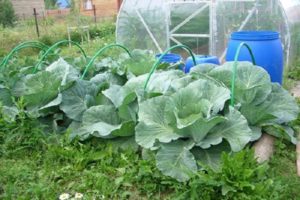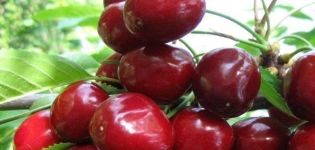Growing and caring for Chinese cabbage in the open field in the garden
Traditional varieties from China are actively assimilated in the regions of Russia, Ukraine, Belarus, and are popular in Kazakhstan and other CIS countries. How to grow Chinese cabbage, get the highest possible yield? The ancient vegetable culture has gone through more than one stage of selection development, it takes root well in new lands. It tolerates frost well.
It is necessary to familiarize yourself with some of the nuances of plant life. Any variety requires care, special treatment. If nitrogen is needed for potatoes, what would a bok choy cabbage or other kind of Chinese guest require? How many varieties exist in nature and how to grow a crop in our conditions?
Description
The Asian plant came to us in the second half of the 19th century. During this time, a huge selection work was carried out. A large number of different varieties of Chinese cabbage have been developed. Hybrid ones are especially popular, as they take root well in an environment unusual for them, give a good harvest.
There are two types, each of which has its own differences:
- Peking cabbage bok choi, it is often confused with another type. Both came to us from the Middle Kingdom. But, despite the common features, they need to be looked after in different ways.
- Chinese cabbage pak choy. This is the second variety with a classic name. It was from him that the Peking citizen was renamed, which from the point of view of biology is completely wrong. It turns out that Pak Choi and Chinese cabbage are two different varieties.
According to early maturity, cultures can be divided into three groups:
- Early. Ripening time - 40 - 55 days.
- Average. It will take 55 - 60 days before full fruit is obtained.
- Late. The harvest will have to wait about 60 - 80 days.
Planning
I wonder how to grow Chinese cabbage if you plant three varieties of varieties at once in one area? Once harvested early, it can be recycled. After all the work, the next wave comes. This saves time during hot periods.
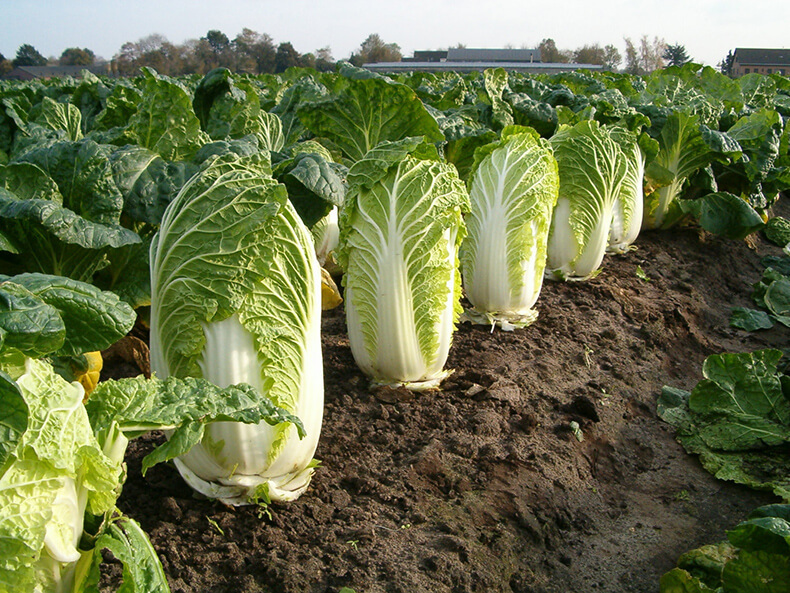
To correctly distribute the yield, to prevent damage to the fruits, the following information will help.
Early
It is better to divide the varieties according to the sowing area. Cultures differ slightly in terms of conditions of detention. For example, Chinese swallow cabbage - growing and caring for it will take only 15 days after germination. This is a real record holder for the speed of ripening. The first greens are the most valuable. The body must replenish its stores of vitamins and minerals after a long winter.
Views can conflict with each other. It is necessary to divide crops when planting together. For example, pak choy cabbage is grown with their relatives at a distance from each other. But harvesting with this method of farming is even more convenient.
The freed up area can be used for re-sowing, after preparing the land. This method allows you to take several crops per year.
Mid-season varieties
A bright representative is a glass of cabbage. It got its name from its goblet shape. Heads of cabbage are dense, without voids. Weight up to two kilograms.
Mid-season varieties contain more useful elements than early varieties. More time is spent growing Chinese cabbage, but the weight and size of the fruit justifies this. In terms of shelf life, the vegetable is superior to early maturing. Longer time spent in the garden, there is every chance to survive until late autumn.
Late varieties
Autumn frosts are not terrible. Cabbage of these varieties grows well after a short drop in temperature. Pest resistant. Stores well (up to 9 months). These varieties are commonly used for pickling and canning. For better storage, hybrids are used.
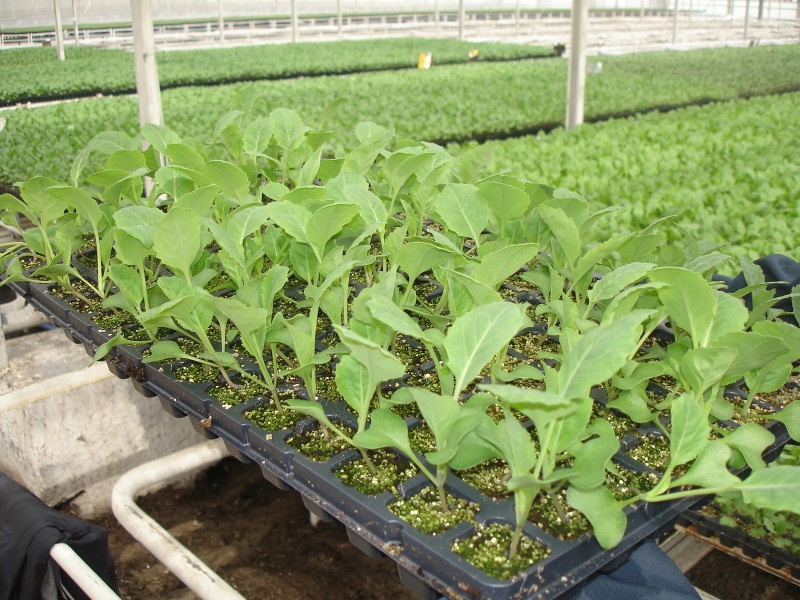
Each gardener decides individually when to plant the seeds. Late varieties are planted almost simultaneously with the early ones. Pre-passes several stages before harvesting:
- Soil preparation.
- Seed preparation.
- Germination.
- Landing in the ground.
- Culture care.
As you can see, before planting cabbage in the country, you must first prepare the seed material.
Seed preparation
The procedure is simple and does not take much time. Pre-treatment of seeds allows you to determine in advance the germination of the culture and affects the rate of appearance of the first shoots:
- We put the seeds in a gauze bag. For 15 minutes, put in water, preheated to a temperature of +50 degrees.
- Then we cool them in cold water for one minute.
- After that, we immerse the seeds in a special garden solution with microelements (sold in shops for gardeners) for 12 hours.
- Can be stored in the refrigerator for 24 hours at temperatures up to -10 degrees.
The prepared seed is ready for planting.
How to plant
Conditions of detention can vary significantly from region to region. Planting and caring for a plant has its own characteristics.
The culture loves light and is planted in open, unshaded places. It perceives both the eastern and western sun equally well. The comfortable temperature depends on the variety, usually up to +25 degrees.
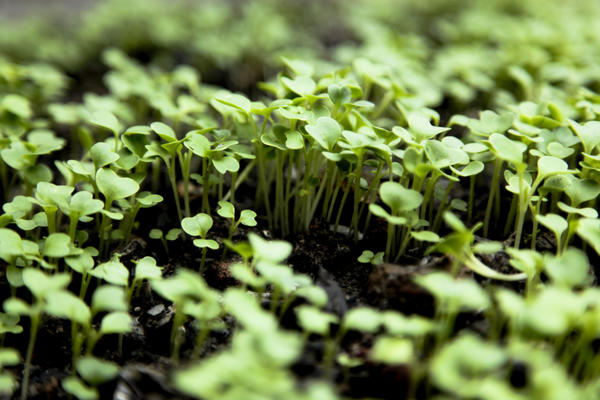
There are two planting methods:
- A reckless way. We use pre-prepared seeds and plant cabbage in the open field. Sprinkler irrigation is required after planting. It is advisable to keep the soil slightly moist until the first shoots appear. Landing takes place in an open, sunny location. It is necessary that the earth warms up well.
- With the help of seedlings. Growing seedlings from seeds is a long and fruitful process. Growing seedlings in advance reduces the risk of yield and time loss due to seed quality and can be harvested earlier. Peking cabbage is sensitive to transplanting - here special attention must be paid to preparing the soil, which will facilitate the adaptation period.
Tip: varieties of hybrid varieties have the greatest survival rate... When planting, it is advisable to put two or three seeds in one cup or open ground. In the future, you can always make a pick.
This simple method will increase the yield in the garden. A pick is useful for identifying weak seeds. If the shoots do not develop well, then this is noticeable at the initial stages of plant development.
Soil preparation
A guest from the Middle Kingdom does not require a special soil composition for normal development, but it is best to prepare a planting site according to all the rules of agricultural technology. Some early maturing domestic varieties, for example, Alyonushka, allow you to harvest two crops per season. In this case, the soil preparation procedure must be repeated before each planting.
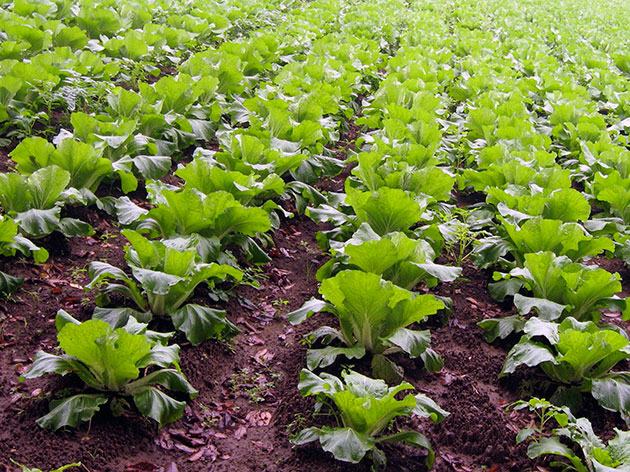
There are two stages here:
- We prepare the land for seedlings and stock up on seed material. The culture loves loose soil. Ph is best selected neutral, the use of slightly acidic compounds is allowed. In order for the culture to grow and develop well, the earth is dug up with 1/5 of the sand. The soil becomes loose and is good for air and moisture. It is best to use peat tablets.
- At the summer cottage, we plan an area for sowing with pre-grown seedlings or in another way. Acidic soils are limy. Then combined fertilizers are applied according to the instructions. Add sand and dig up.
Organic fertilizers are essential for the soil. Usually they are brought in in late autumn, after harvesting, they prepare the land for the next season. Humus is distributed over the site and dug up together with the ground. It is important to remember that Asian crops do not tolerate manure well. Chemical processes generate heat that can damage the root system.
The introduction of pork, horse, lamb or bird manure is strictly prohibited. Their addition is possible in small quantities, according to the varieties of celery.
Care
Celery does not require special care. Growing and caring for Chinese cabbage comes down to following traditional farming methods:
- Weeding.
- Loosening the soil.
- Watering.
- Drying the soil.
The culture is very fond of watering, which should be abundant: the earth can remain moist for more than a day. Usually watered at the root, but sometimes you can pamper cabbage with sprinkling. The main thing is not to spoil the soil after watering, the earth should dry out. Otherwise, soil bacteria will develop, which can lead to infection.
It tolerates frost perfectly. Some varieties can be found in open beds at temperatures up to -8 degrees. After the first frost, it is usually warm. During this period, you can safely leave the crop to ripen.
It should be remembered that the crop has large leaves. Despite the fact that the side of the chok has an arrow-shaped shape, it does not save from direct sunlight. If you apply sprinkling in the morning, then at noon the leaves can be burned. This is explained by the fact that water droplets remain on the leaves, which, when exposed to intense sunlight, act as a magnifying lens, which can lead to burning of the leaves.
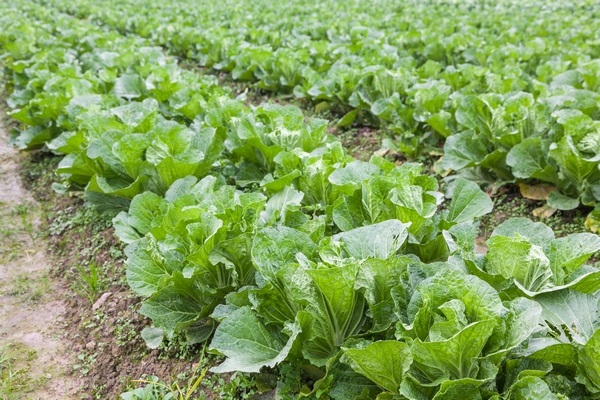
Sunlight is necessary for Asian cultures in all periods of their development, from growing seedlings in an apartment to full ripening of fruits in a vegetable garden. Some gardeners use special lighting to enhance growth. Usually these are combined LED or sodium lamps.
The intensity of photosynthesis and photomorphogenesis depends on lighting. According to research carried out at the Russian Academy of Sciences, plants actively consume the following spectra:
- red;
- blue;
- green.
Monochrome light-emitting diode radiation is the best suited for these purposes.
You can experiment with early maturing crops. For example, the domestic variety Alyonushka is well suited for these purposes. LED lights are positioned so that the leaves are completely bathed in light. Used in the daytime as an addition to the main lighting.
Full maturity is reached when 9-10 full leaves are formed. The fruit is cut without stopping the further formation of foliage. In this case, the crop can be obtained several times from one shoot. The plant forms new fruits very quickly and develops intensively. Proper sowing planning, proper care and attentive attitude will allow you to get an excellent harvest.
